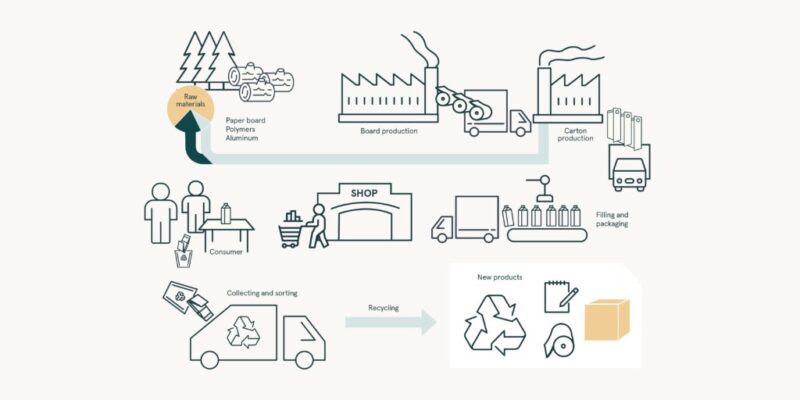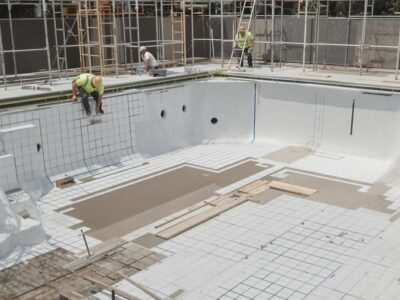Sustainability is no longer merely a trend in construction; it is now a must. Buildings are a significant source of carbon emissions worldwide because of the energy they require and the materials they are made of. Life-Cycle Assessment (LCA) determines how these materials affect the environment.
LCA helps architects, developers, and property owners make wise choices by looking at every step of a product’s life, from getting the raw materials to throwing it away. To ensure that projects fulfill modern efficiency, durability, and sustainability needs, you need to work with a competent building material supplier and get materials from eco-friendly producers.
1. What is an LCA?
Life-Cycle Assessment is a way to look at how materials affect the environment throughout life. This includes getting the material, processing it, moving it, using it, and throwing it away when it’s no longer needed.
LCA is especially significant in construction since the materials used, such as cement, steel, glass, and insulation, directly impact the project’s carbon footprint and long-term performance. Contractors who work with a skilled building construction material supplier can get data-driven advice on choosing environmentally friendly solutions.
2. The Carbon Footprint of Common Materials
Making traditional building materials like cement and steel takes a lot of energy. Cement releases around 8% of the world’s carbon dioxide into the air.
Construction workers can significantly reduce these emissions by getting alternatives or low-carbon versions from responsible building material manufacturers. For instance, using fly ash or slag in blended cements helps minimize carbon production without hurting performance.
3. New Ideas from Makers of Building Materials
As building material makers develop more eco-friendly options, the sector changes quickly. In sustainable constructions, recycled aggregates, green insulation, and high-performance glass are becoming the norm.
These new ideas not only cut down on embodied carbon, but they also make operations run more smoothly. For example, windows and wall panels that are more insulated use less heating and cooling, which lowers emissions over the life of the structure.
4. What Suppliers Can Do to Help People Make Sustainable Choices
Suppliers are very important for connecting builders and manufacturers. A reliable provider of building materials does more than sell them; they also help you figure out what’s available, how to get it certified, and how to follow green building rules.
Contractors ensure that every item they use aligns with the project’s aims of lowering carbon footprints and getting environmental certifications like LEED or GRIHA by working with suppliers who put sustainability first.
5. LCA’s Long-Term Benefits in Construction
Using LCA while planning and buying things helps people make better decisions for the environment and property owners. Choosing sustainable materials leads to less carbon emissions, reduced energy bills, and longer-lasting products.
Not only can developers who use recognized construction material manufacturers and respected suppliers protect their projects from future problems, but they also increase their market value. More and more, investors, tenants, and communities want buildings that are good for the environment.
Making Smarter Choices to Build a Greener Future
Life-Cycle Assessment shows the hidden costs of building materials, which pushes the industry to use more environmentally friendly options. Projects can find a good mix between durability, performance, and environmental responsibility using LCA and collaborating with trustworthy building material manufacturers or suppliers.
Choosing materials from building material companies that are ahead of the curve helps ensure that structures are safe, efficient, and last long while leaving the smallest carbon footprint possible. The future of construction is building responsibly, one material at a time, with sustainability in mind.






Comments